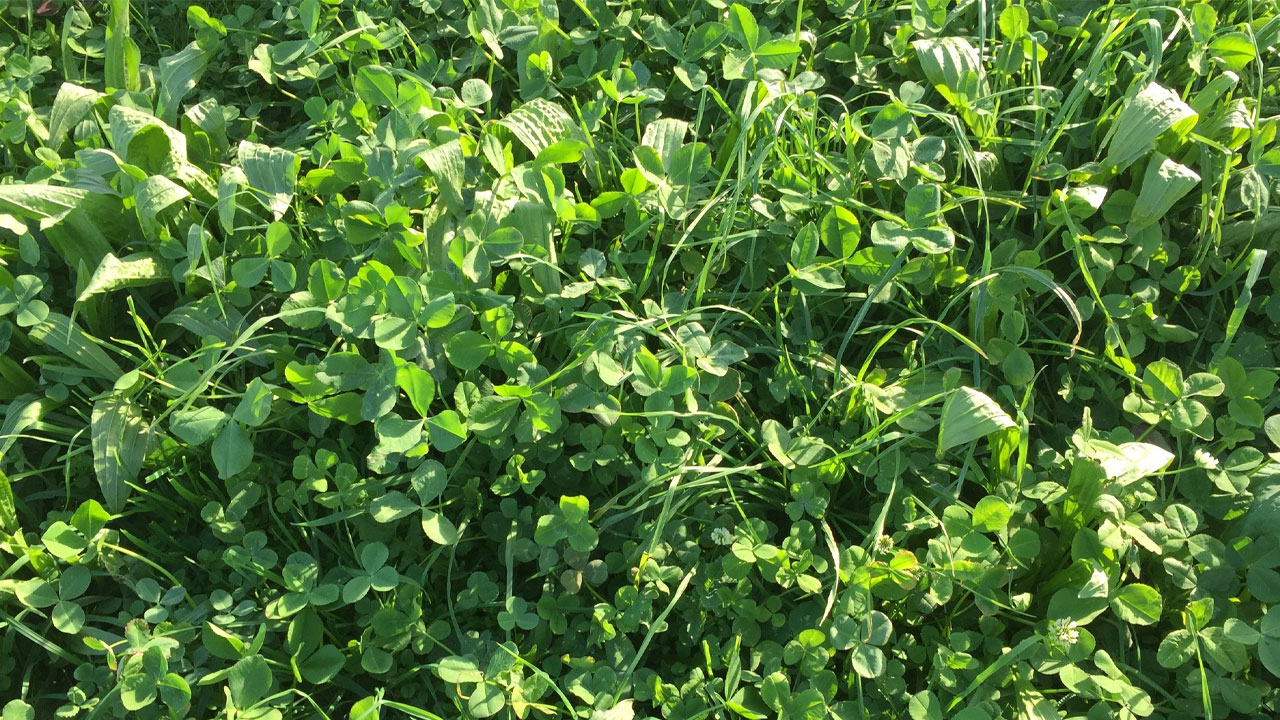
Forage Yield and Quality of Different Grass and Legume Mixtures under Various Cutting Intervals in South Africa
Introduction:
Forage is an essential component in livestock farming. It is necessary for the production of meat, milk, and other animal products. Forage can be obtained from grasses, legumes, or a mixture of both. This study aimed to evaluate the yield and quality of different grass and legume mixtures under various cutting intervals in South Africa.
Materials and Methods:
The study was conducted in a randomized complete block design with four replicates. The grass species used were Rhodes grass (Chloris gayana) and Napier grass (Pennisetum purpureum), while the legumes were lucerne (Medicago sativa) and siratro (Macroptilium atropurpureum). The different grass and legume mixtures evaluated were:
- Rhodes grass and lucerne (RL)
- Rhodes grass and siratro (RS)
- Napier grass and lucerne (NL)
- Napier grass and siratro (NS)
- Rhodes grass, Napier grass, lucerne, and siratro (RNLS)
Each plot measured 2.5 m x 5 m, and the grass and legume species were sown at a rate of 10 kg/ha and 5 kg/ha, respectively. The cutting intervals evaluated were four, six, and eight weeks after establishment. Forage yield was determined by weighing the harvested biomass, while the quality was determined by analyzing the crude protein (CP) and neutral detergent fiber (NDF) content.
Results:
The results showed that the RNLS mixture had the highest forage yield compared to the other mixtures at all cutting intervals. The RL mixture had the highest CP content, while the RS mixture had the lowest NDF content. The cutting interval had a significant effect on both yield and quality. The four-week cutting interval had the highest yield but the lowest quality, while the eight-week cutting interval had the highest quality but the lowest yield.
Conclusion:
The study demonstrated that a mixture of grasses and legumes can improve forage yield and quality. The RNLS mixture was the most productive, while the RL mixture had the highest CP content. The cutting interval also had a significant effect on both yield and quality, and farmers should choose the most appropriate cutting interval based on their specific needs.
Reference:
Hoffman, L. C., Odoemelam, J. E. U., & Van der Westhuizen, H. J. (2010). Forage yield and quality of different grass and legume mixtures under various cutting intervals. African Journal of Range & Forage Science, 27(1), 19-24.


















